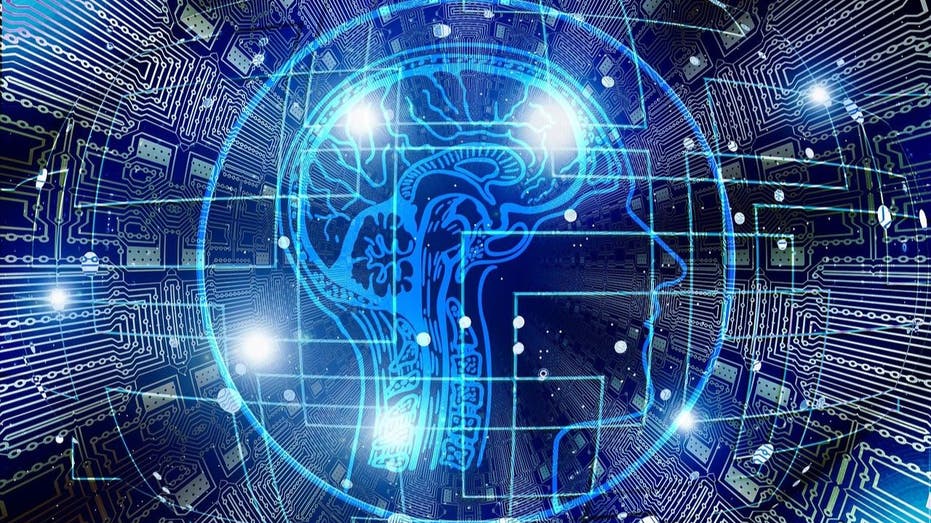Cybersecurity experts say ransomware attacks have increased substantially in recent years.
“Any serious organization today, as we know, presume breach,” said SimSpace CFO James Gerber. “They have to presume that the attackers are going to get in, because they will. The question is, once they’re in, how quickly can you spot, how well can you contain what they’re potentially able to do?”
Many companies are turning to artificial intelligence to help detect and defend against bad actors.
HOW ARTIFICIAL INTELLIGENCE IS RESHAPING MODERN WARFARE
“Some people are saying, to work against AI, you’re going to fight against AI, you’re going to have to use AI,” said Cyber Florida’s Cyber Range Director Bruce Caulkins.
Cyber defense training company SimSpace uses artificial intelligence in its cyber range systems. It creates synthetic data that produces an enhanced response capability for users.
“What’s really special about our platform is that we emulate any network topology that is out there. We can emulate network users. We can also emulate attackers,” said SimSpace CEO William “Hutch” Hutchinson.
Gerber says the technology allows human defenders to operate alongside trained, artificial intelligence defenders.
“We know there aren’t enough people, as much as we want to train as many as can be found,” Gerber said.
“We’ll have to have artificial intelligence, defensive tools operating alongside them.”
The government also uses artificial intelligence for certain services, including health care, transportation and environmental hazards.
“We’re trying to keep up, and those threats are increasing every year,” said Sen. Mark Kelly, D-Ariz. “It’s up to us in the United States Congress to make sure we give our agencies the tools to defend from this.”
In many cases, attackers are also using similar artificial intelligence technology to target U.S. entities.
“I think our technology is better. I think our AI is better. The difference is we have it out in the private sector,” said Rep. Mike Waltz, R-Fla.
Microsoft says it uses artificial intelligence to detect risky sign-ins on its platforms. The technology also helps detect malware and fake accounts. IBM uses AI to protect users, detect threats and verify its users.
“In the United States, for a variety of reasons, we have barriers between government and [the] private sector,” Waltz said. “What our adversaries are doing, especially China and Russia, their government[s] are using their private sector actors as kind of extensions and surrogates, and they’re just flooding the zone. That’s why I think we need to think about this differently.”
Last year, President Biden signed an executive order to bolster the use of artificial intelligence with safety and security in mind.
“It promises an enormous, an enormous promise of both risk to our society and our economy and our national security but also incredible opportunities,” Biden said during July remarks.
The order established a cybersecurity program to develop AI tools. It also included efforts to help Americans better identify the technology in attacks like phishing campaigns or surveillance operations.
“Your emails now have AI-generated content, and you got to look twice to go and make sure that it’s really your colleague and not some AI that’s out there kind of mimicking one,” Gerber said.
Government agencies have reported that they can face millions of cyberattacks daily. Experts warn artificial intelligence will become more advanced over time as bad actors are able to generate data faster and create more human-like interactions.
“It is a dangerous environment out there. Whether it’s artificial intelligence, quantum computing, issues with our maritime industry, hypersonic missile systems, conventional missiles, development of fifth-generation fighters. We’ve got a lot of challenges in all these different areas,” Kelly said. “We just have to continue to innovate to stay ahead of our adversaries out there.”
























